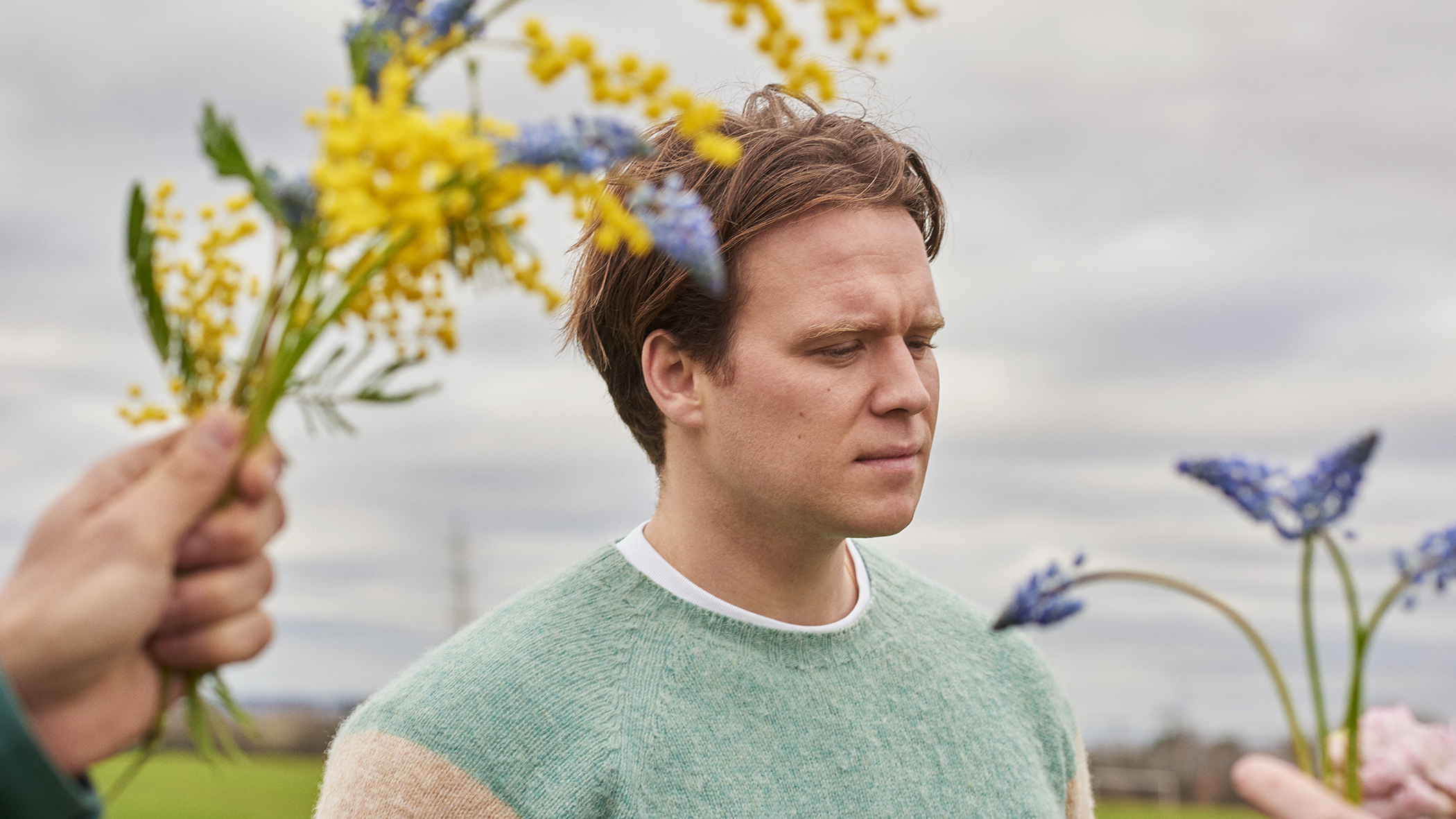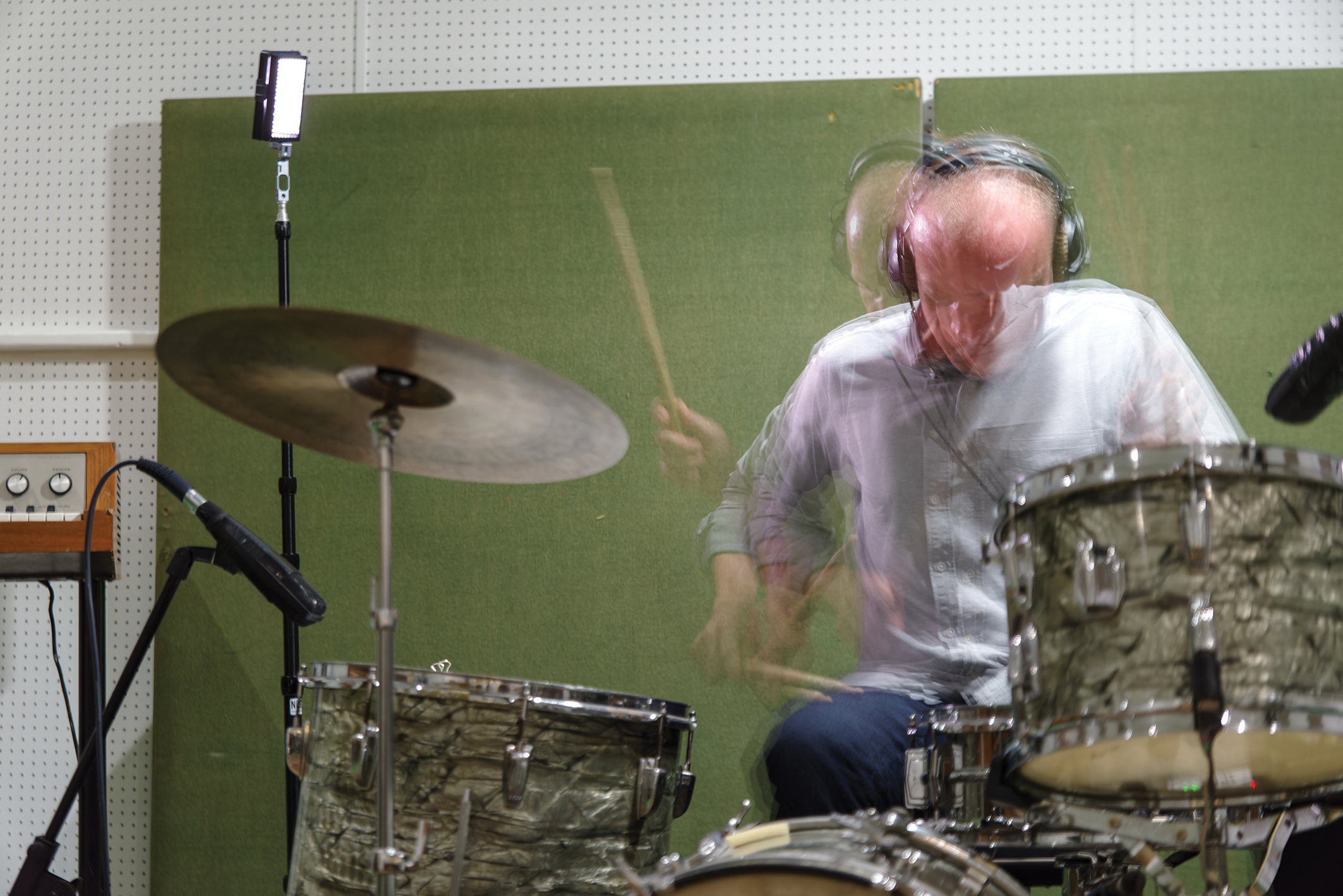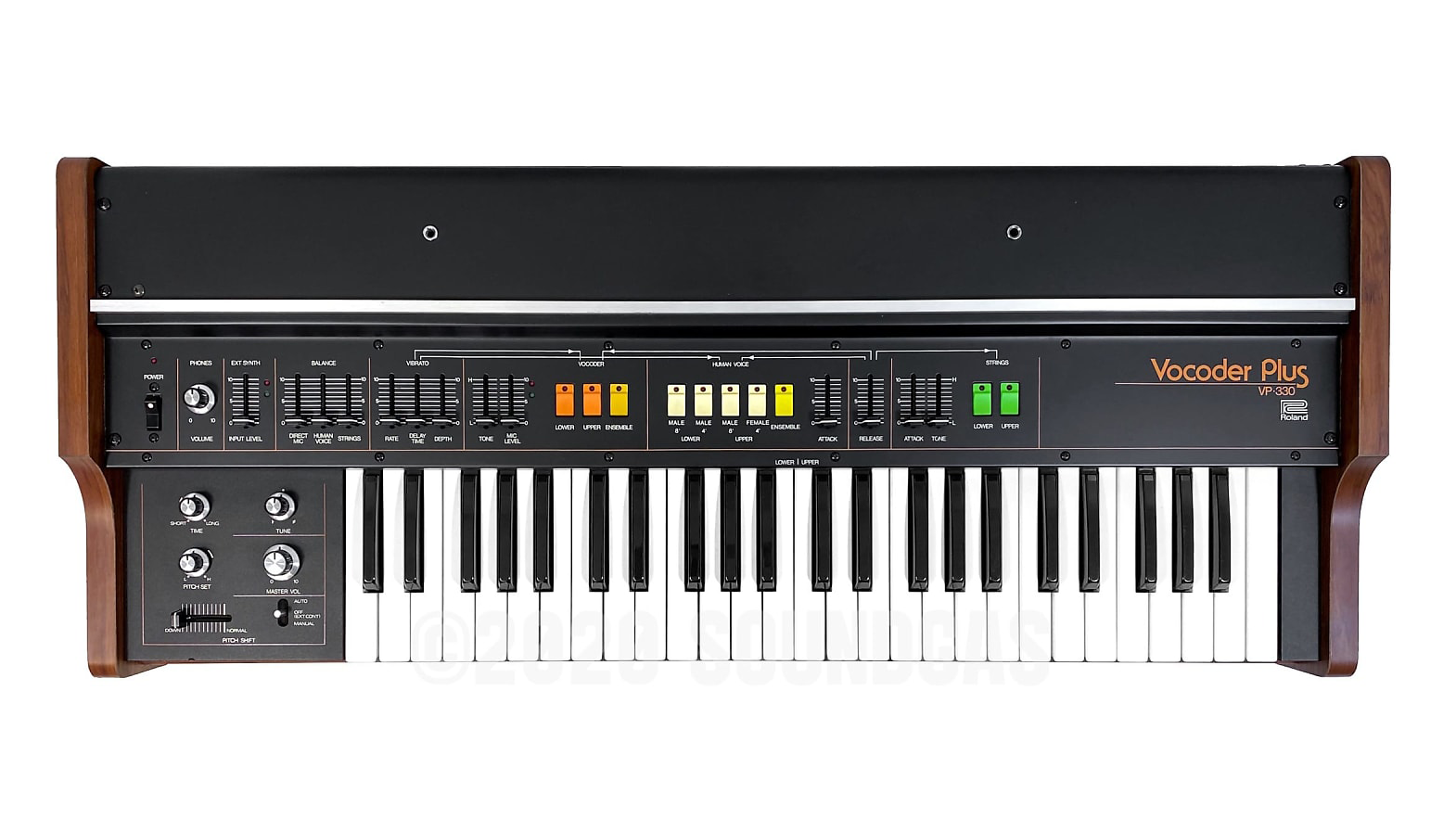MusicRadar’s long-running In The Studio With... series has visited the creative workspaces of some of electronic music’s best-known artists, giving viewers behind-the-scenes access to producers’ studio setups while offering an invaluable insight into their creative process.
While we heartily encourage you to watch the series in your own time, sometimes you just need some instant inspiration to get the creative motor running. With that in mind, we’ve taken the liberty of rounding up some of the most valuable nuggets of wisdom from the In The Studio With... series below.
1. Have your most-used samples, presets and chains handy
We’re kicking things off with a useful workflow approach, courtesy of seasoned house music veterans Leftwing and Kody. Throughout their In The Studio With interview, they divulge a number of workflow hacks that help them hit the ground running. One example is having all of their most frequently used samples ready and loaded into a dedicated sampler instrument. All of their kicks are in one instance of Kontakt, all their claps are in another, and so on.
In the same vein, they have a go-to reverb preset in Logic’s stock reverb. This is permanently set up in their default template, which saves them valuable time when starting up new projects. Most DAWs now have a Favourites feature and the ability to create and save custom project templates. Both of these allow you to keep your most valuable presets, samples and plugins right where you need them.
2. Don't be afraid to use presets
There’s something of a stigma around the use of synthesizer presets. Some purists insist that using presets is cheating, and "real" synthesists should design their own patches from the ground up. Like us, British producer Tourist is not a part of this camp. While speaking with MusicRadar, he advises that you shouldn’t be afraid to use presets when playing soft synths.
Citing Spectrasonics Omnisphere 2 as “the king of soft synths”, he discusses his approach to using software synthesisers: “With the soft synths, I tend to start with the preset then mould it from there. I unashamedly do that”. He goes on to explain that you can learn a lot from deconstructing a preset in order to understand its inner workings.
Tourist also explains how he uses the sound in a way that makes it his own; “What I’ll do is I’ll make something in MIDI, then I’ll convert it to audio, and then I’ll delete my soft synth. Then I’ll kind of manipulate that, whether it's reversing or time stretching or putting it into a sampler”. Using this approach is a great way to find inspiration while putting your own unique spin on a sound.
3. Try to go against the grain
Our next tip comes once again courtesy of Tourist, and can be applied to just about any facet of music production. Perhaps counterintuitively, he explains that he finds inspiration in going against his intuition: “Don’t do what you think you should do, do the absolute opposite and see if there’s something you rub up against that will create something unique”.

Tourist: “There’s very little you can’t do with a computer, an OP-1, a phone and an audio interface”
He provides a tangible example of this when he explains that he often samples something that he hates. “I’m forced to try and make something that sees the good in the root material,” he says. It’s easy to see how this approach could yield interesting results. Sampling the part of a song that already sounds great could be considered to be the path of least resistance, and therefore the path most of us would choose to take.
Next time you’re choosing a preset or sample, try to find one that doesn’t immediately gel with you, then find a way to make it work within the context of your track. You might be surprised at the solution you come up with, as well as the end result.
4. Figure out what your equipment is good at
A common theme across the In The Studio With... series is the idea that every piece of equipment has strengths and weaknesses. One way to improve your creative practice is to identify those strengths and use them accordingly. Northern Irish producer Max Cooper puts this eloquently as he explains how some of his most commonly-used synths fit into his workflow.
The Sequential Prophet 6 and Trigon 6 are useful for "emotive sort of classic analogue-sounding things", he says, while the Novation Summit “[is] for if I want something more aggressive and with more spike, more digital sounding”. And on the Roland Juno 6; “That does much less, but what it does, it does amazingly.”
Even if you work entirely in the box, or are still building up your collection of hardware, the premise remains the same. By figuring out the strengths of your most-used tools, you will develop a greater understanding of how they work and how they fit into your creative process.
5. You don't need a huge setup to record great sound
While discussing how he recorded and processed a real drum kit for his album Saturn to Home, LB Dub Corp’s Luke Slater explains that he tried both single and multi-mic configurations. You’d be forgiven for thinking that the multi-mic setup gave the best results, but as is the case with many facets of music production, more doesn’t always equal better.

Instead, Slater revealed that the single-mic setup, in this case an Electro-Voice RE20 was much more effective at achieving the appropriate drum tone and character; “Actually, a lot of the time everything just ended up being recorded on one mic. In the end, most of the good stuff came from having one mic, dampening the drums and recording them as dry as possible.”
This admission is evidence that extensive (and expensive) setups aren’t always necessary for recording the best possible sound, and keeping things simple may provide the best results with less effort. It also demonstrates the importance of making test recordings where possible rather than assuming which configuration will sound best.
6. You don't have to make every idea work
During his In The Studio With... interview, London-based producer and DJ Demi Riquísimo explains that there’s no need to mindlessly commit to finishing every creative idea: “If an idea isn’t really working within the first 30 minutes, don’t feel like you have to keep on working with it. Move onto something else.”
By the same token, he advises against simply chucking the project away. Instead, try coming back to it later to see if it sparks any new ideas or approaches to get the track over the finish line. He also states that there are times when the initial idea or sample doesn’t really belong in the final version of a track. Sometimes, a certain element serves only as a catalyst for the rest of the track, and you shouldn’t get attached to something if it no longer adds anything to your overall project.
7. It's okay to change your mind about an idea
In line with the previous point, producer Emika describes why it’s okay to change your mind on an idea, even after you’ve finished the production. She details how she used a motif that she initially liked to create a track called Sunrise, that she ended up hating; she then reused the same motif to create a new track called Miracles.
After returning to Miracles a week later, she realised she didn’t like that track either, so decided to mine the best bits to create a third iteration; “I took the elements that I liked still, I was basically in a really bad mood and I hated how sweet the original sounded. So I tried to do a new version or a new mix of the original Miracles.”
This is a refreshing reminder that as a creative, you won’t always love everything you make. It also exemplifies how important it is to take a break from your projects before returning to them with fresh ears, as this can help you to find new ways to repurpose certain elements.
8. The environment you work in is important
Techno legend Dave Clarke is a firm believer that getting the right vibe in your studio is crucial for fostering a creative environment. While many focus on acquiring the right equipment and setting that up correctly, Clarke says the decor and ergonomics of your space are equally significant, if not more so.
“The environment you’re working in is very important. Have some plants, have some natural light if possible, have the radio on in the kitchen so you can hear something you haven’t chosen. Those sorts of things are really important to be creative.” He goes on to say that ergonomic factors such as chair and desk positions, as well as room lighting, are all influential factors in creating an effective workspace.
There is no right or wrong place to work, but the idea is to ensure you’re comfortable and your environment lends itself to your creativity. Perhaps you need to lock yourself away in a pitch-black studio space, or maybe you work most efficiently perched on the sofa. Both are fine, provided they suit you and your own approach to music-making.
9. Get a feel for the finished track while you're writing
This might sound like an obvious statement, so allow us to clarify. Towards the end of his In The Studio With... interview, Shadow Child shares that he always places a limiter on his master channel at the beginning of the writing process. While this might seem counterintuitive, he explains that this helps him to get a feel for how the final track might sound, even in the early stages.
Applying a few decibels of limiting can have a drastic effect on the loudness and dynamics of a production. If you ever feel that your work in progress is lacking in energy, producing into a basic mastering chain might help you to envisage the eventual vibe of your track early on.
10. Unpopular instruments can still produce great results
For fans of electronic music, Jean-Michel Jarre should need no introduction. With over 50 years of electronic music-making under his belt, his knowledge of the practice is evident from his In The Studio With... interview. While discussing the vocoder used in his track with Air, Close Your Eyes, he explains that, unsatisfied with the sound of a Korg unit, they opted to use a Roland VP-550.

Regarding the Roland vocoder, he said it was "more or less a commercial failure... And I always liked commercial failures in terms of hardware, because they always have something unique.” He goes on to explain what he loves about the VP-550 in terms of its sound and workflow.
One way you can implement this approach in your own work is by using some plugins, instruments or sample packs that are slightly more off the beaten track. Lesser-known instruments, synths and sample packs can give your productions a unique edge, helping your music stand out from the crowd.







